On the afternoon of November 15, 2025, the “Half-Day CityWalk at Xuhui Riverside for International Students” organized by the School of Design of Shanghai Jiao Tong University was successfully held. The event received strong support from the Xuhui District Culture and Tourism Bureau and leveraged the rich cultural, commercial, tourism, and sports resources of the Xuhui Riverside. Aligning with the West Bund Art & Design Fair, one of Shanghai’s major cultural events, thirty international faculty and students from the School of Design visited the Xuhui Riverside area. With the theme “Discovering the Artistic Vitality of Xuhui Riverside,” participants engaged in an immersive walking tour and guided experience to explore the unique charm created by the integration of art, design, and urban space. The activity helped international students understand Shanghai’s public space renewal, the layout of emerging cultural venues, and the ecosystem of the city’s art industry from a design perspective.

Let us now revisit this journey where art and design intertwine!
A Green Train Carriage and a Party-Masses Service Space: Urban Regeneration’s First Stop
Led by professional guides, the students gained insight into the role of the Xuhui Riverside Party-Masses Service Center in community governance and public service provision. They also visited the exterior of the Green Train Carriage and the Start Museum, both situated adjacent to the center. This intimate art space, transformed from an old green train carriage, symbolizes the area’s transition from a former industrial belt into a vibrant cultural and lifestyle hub, prompting many students to pause and take photographs. The guide introduced the site from the perspective of urban regeneration, connecting community services with the evolving vitality of the riverside. The green train carriage, now serving as an artistic landmark, was like a postcard sent from the city’s industrial past.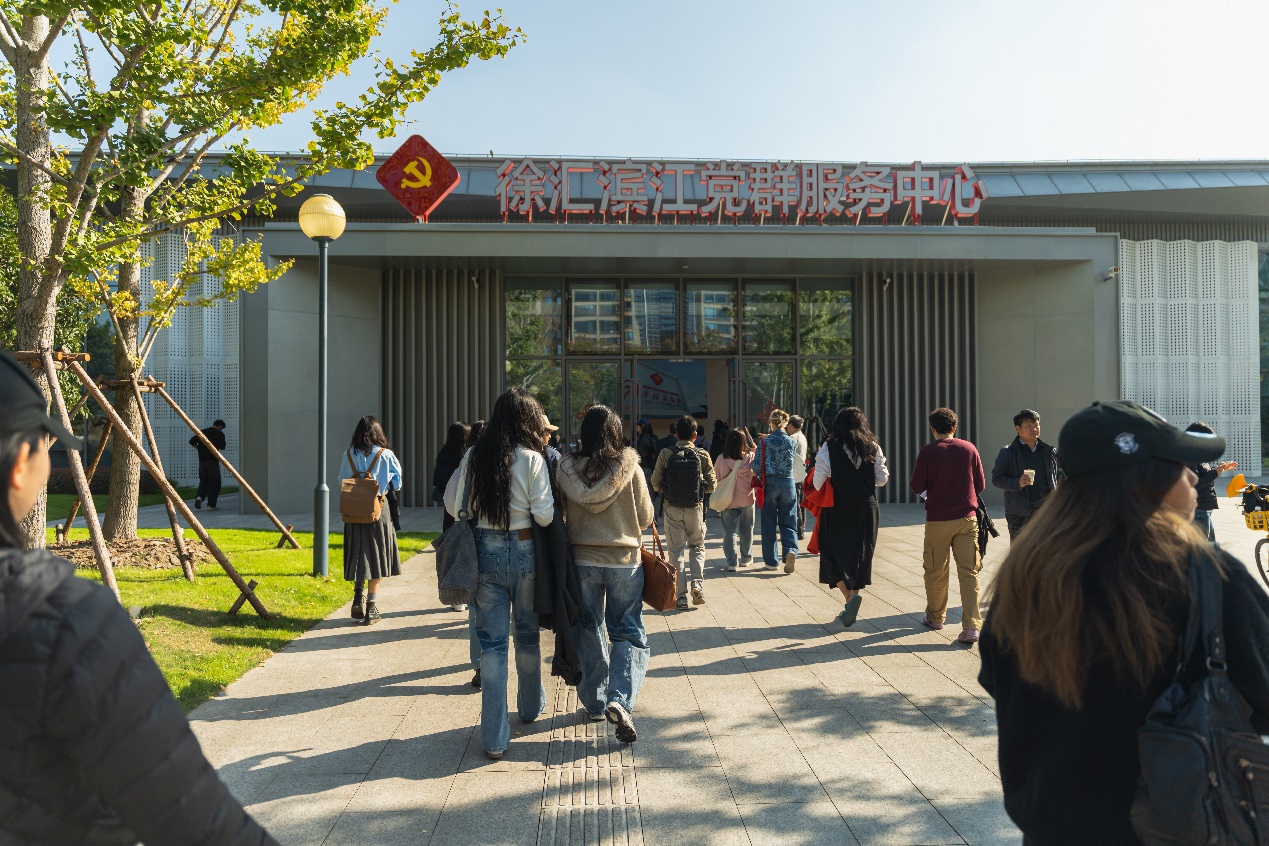

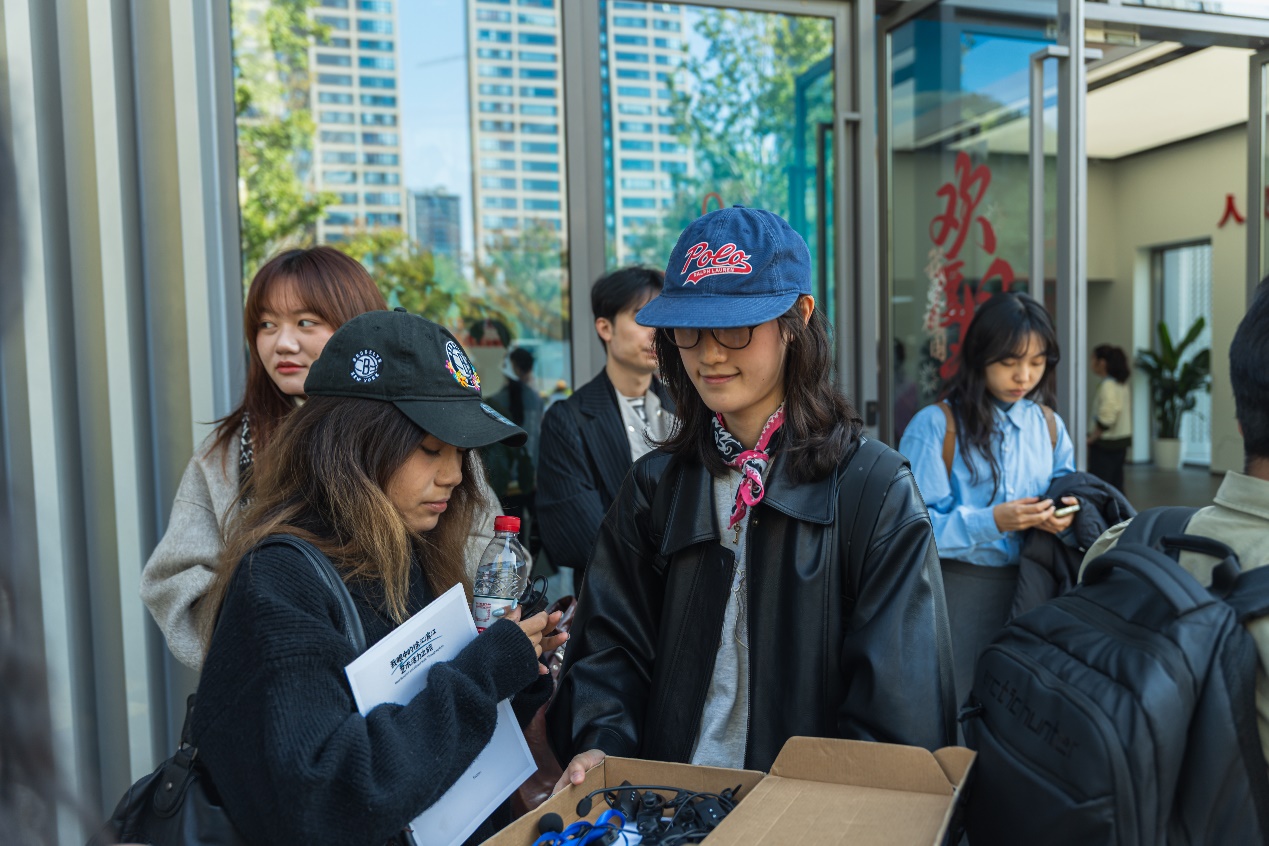
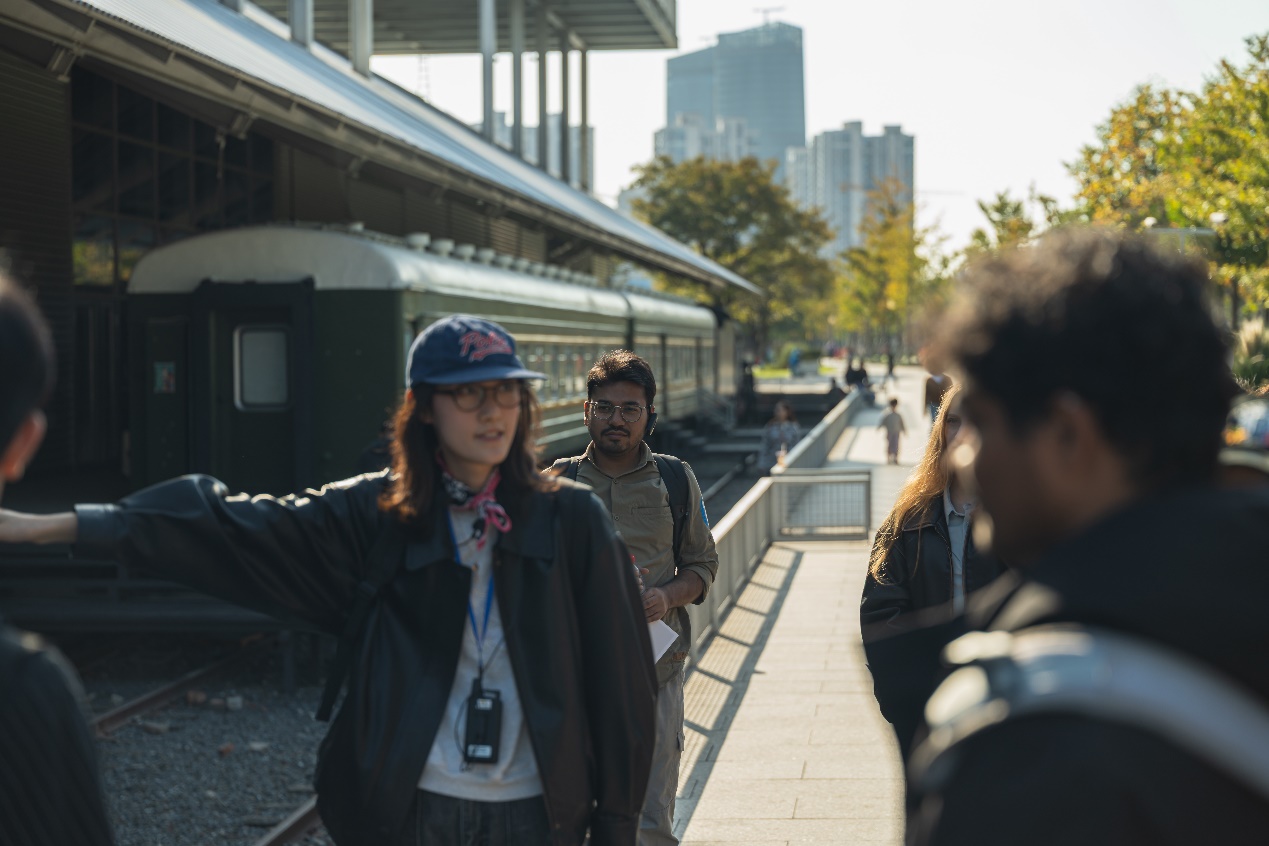

Riding the “Yellow Shuttle Bus”: Wind from the River, Wheels in Rhythm
Pedaling along the wooden boardwalk, the students felt the river breeze brushing past, carrying the faint scent of water. The gray concrete exterior of the Long Museum appeared and receded in the distance, shifting perspectives as one approached and moved away. The industrial relics at Beipiao Wharf stood silently, while the maritime tower gleamed like a silver pen tip under the sunlight. Some students paused to take photos with their phones, others squinted against the sunlight while listening to the guide, and a few could not help exclaiming “Wow—” at the gusty wind on the Long Spine Bridge. The group paused briefly at Beipiao Wharf and outside the Long Museum to take photos, capturing the unique mix of history and contemporary culture

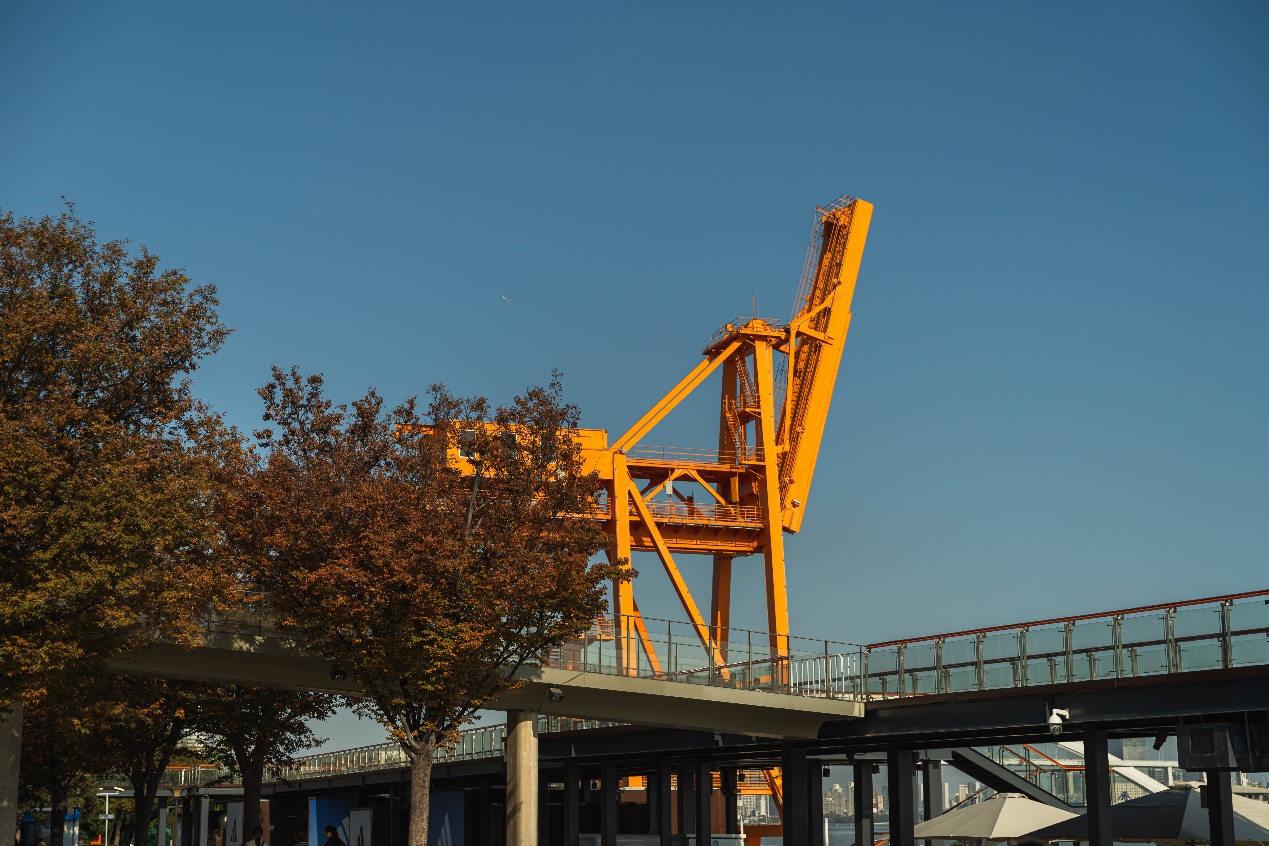
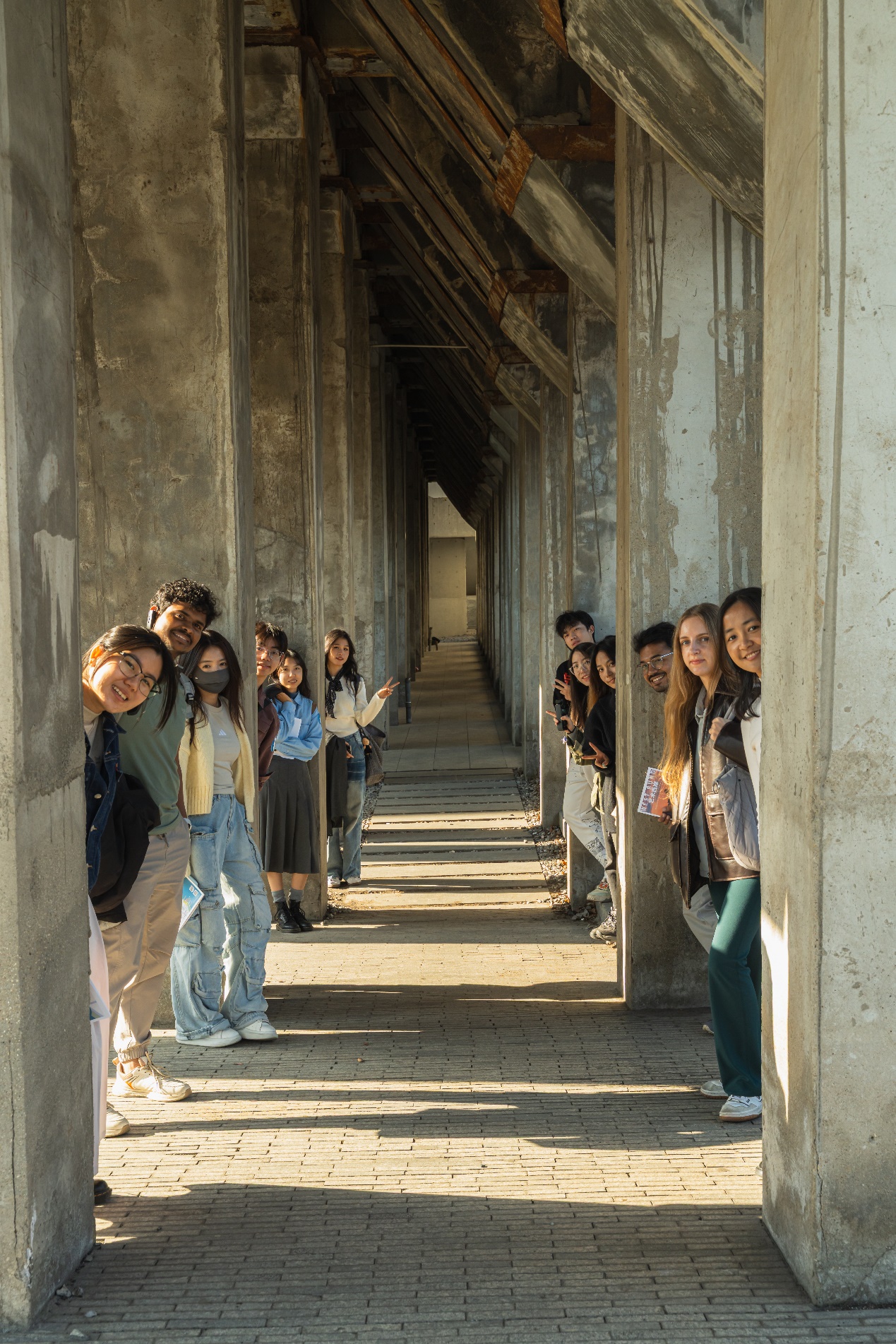
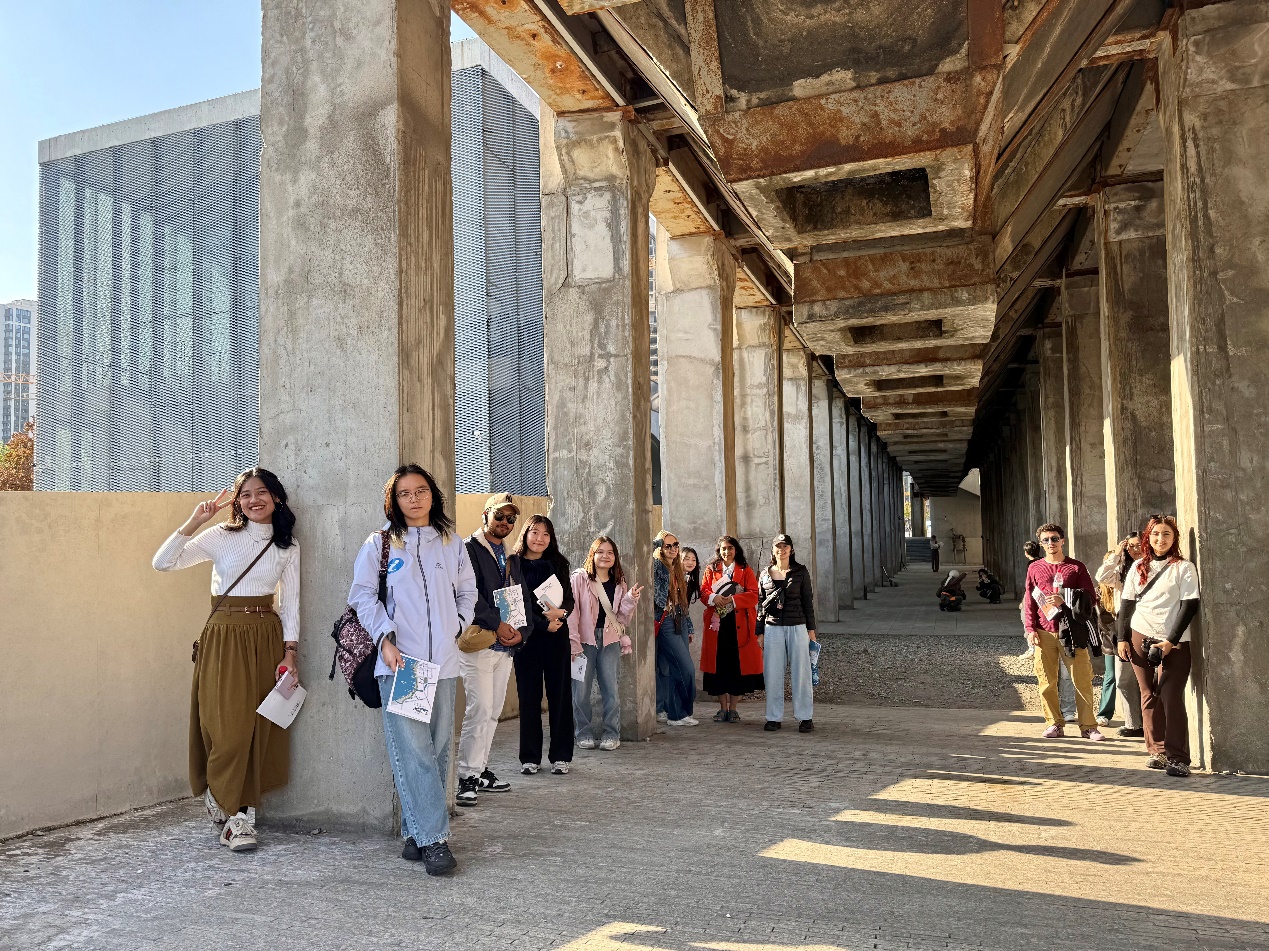


Entering the West Bund Grand Theatre: Where Art Spaces Begin to Tell Stories Through Architecture
At the West Bund Grand Theatre, the group paused to explore the interior in depth. The theatre’s spatial layout, lighting design, and its interactions with the surrounding Dream Center demonstrated that architecture is not merely visually striking—it can be interpreted, experienced, and physically engaged with. The distinctive waterfront landscape along the “Water Corridor” provided students and faculty with a more intuitive understanding of the distribution of public art throughout the Xuhui Riverside area.


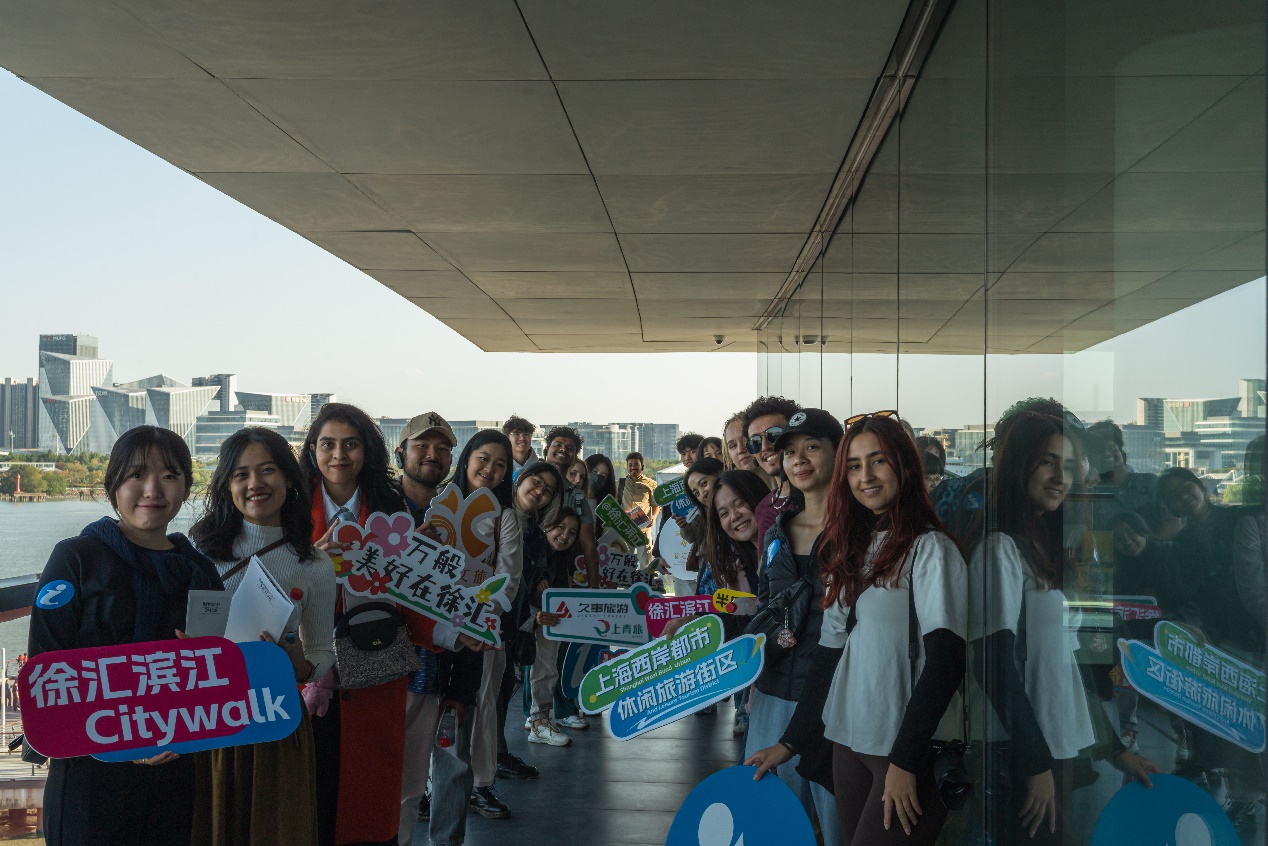


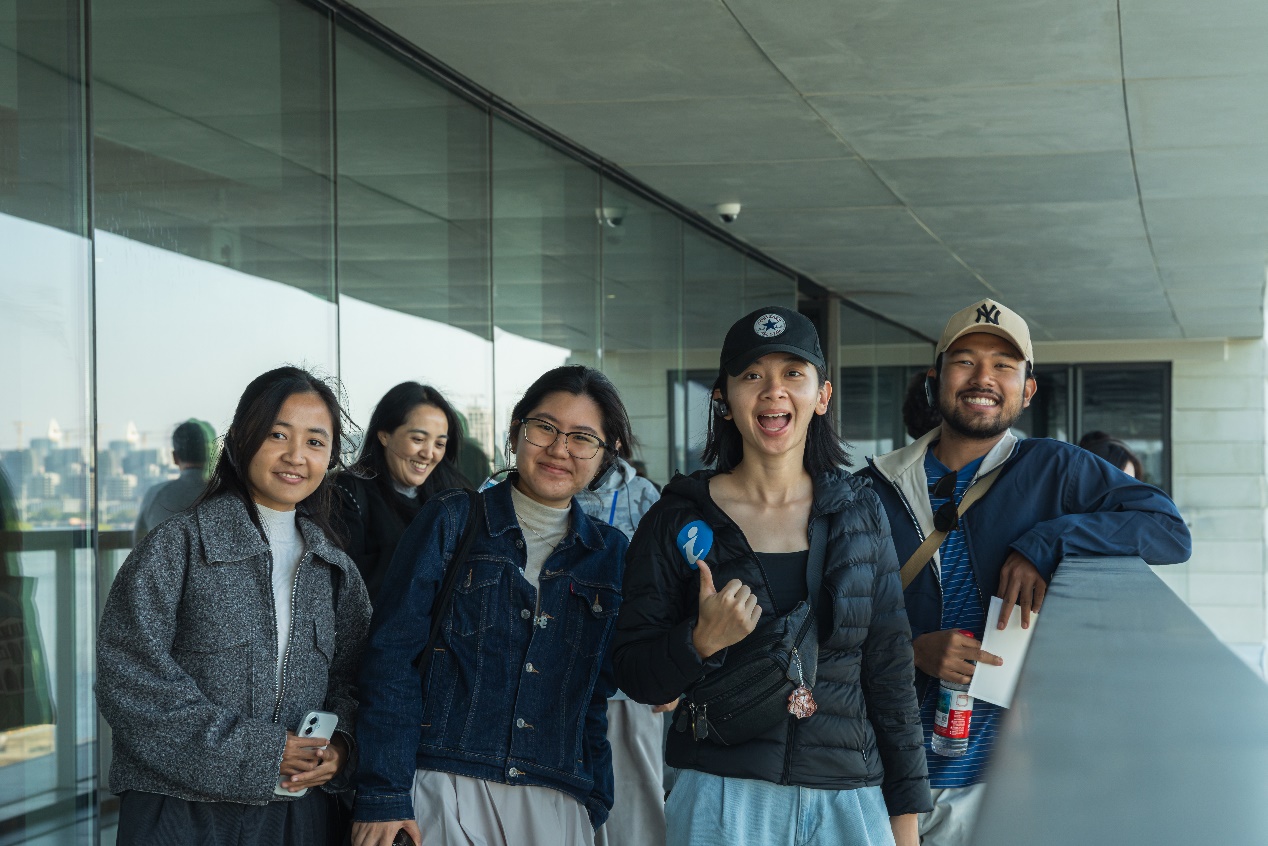

“The Most Beautiful Terrace in Shanghai”: A Panoramic View of Scenery, River Waves, and the City’s Pulse
At the West Bund Art Museum, participants enjoyed a panoramic view of the riverside from the second-floor terrace, where the city skyline, waterfront landscape, and surrounding architecture blended harmoniously, providing a vivid and comprehensive impression of the area.
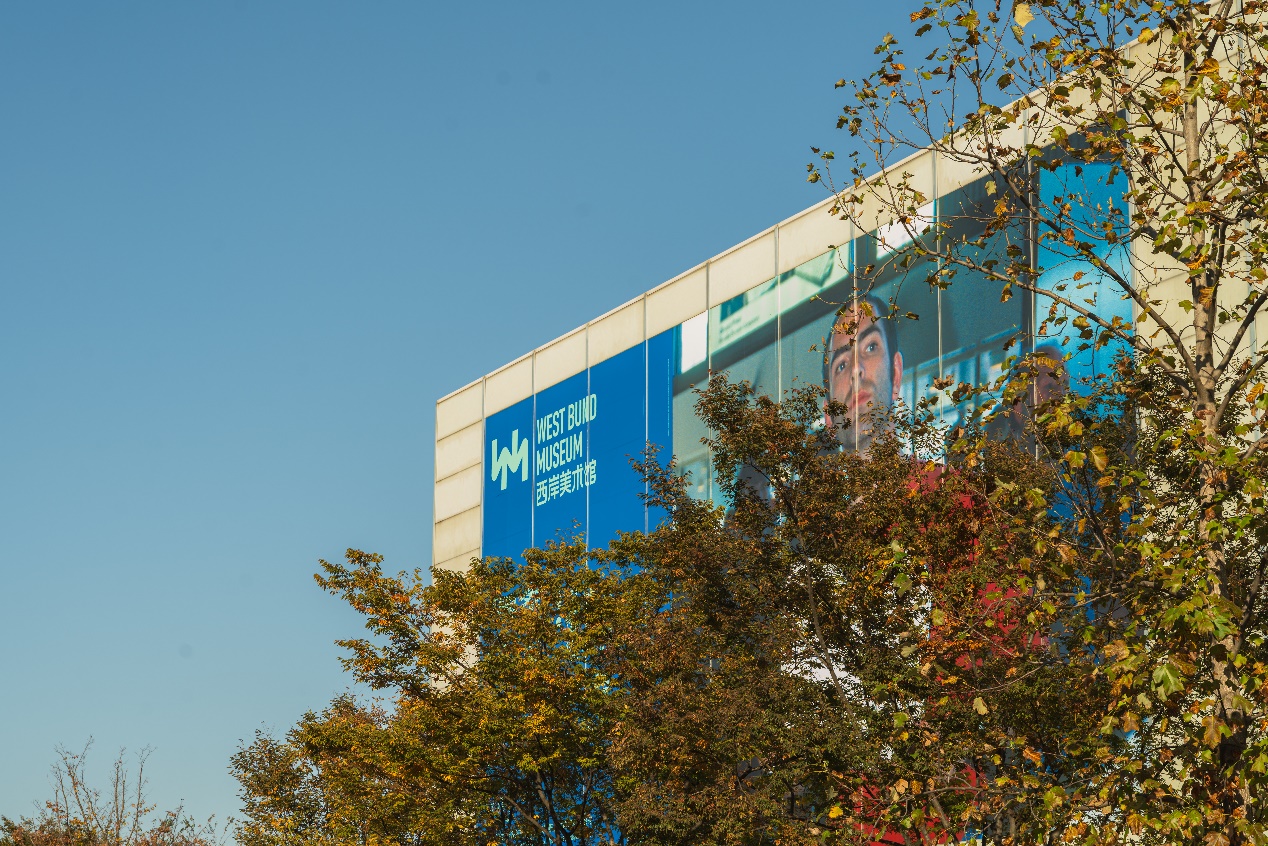



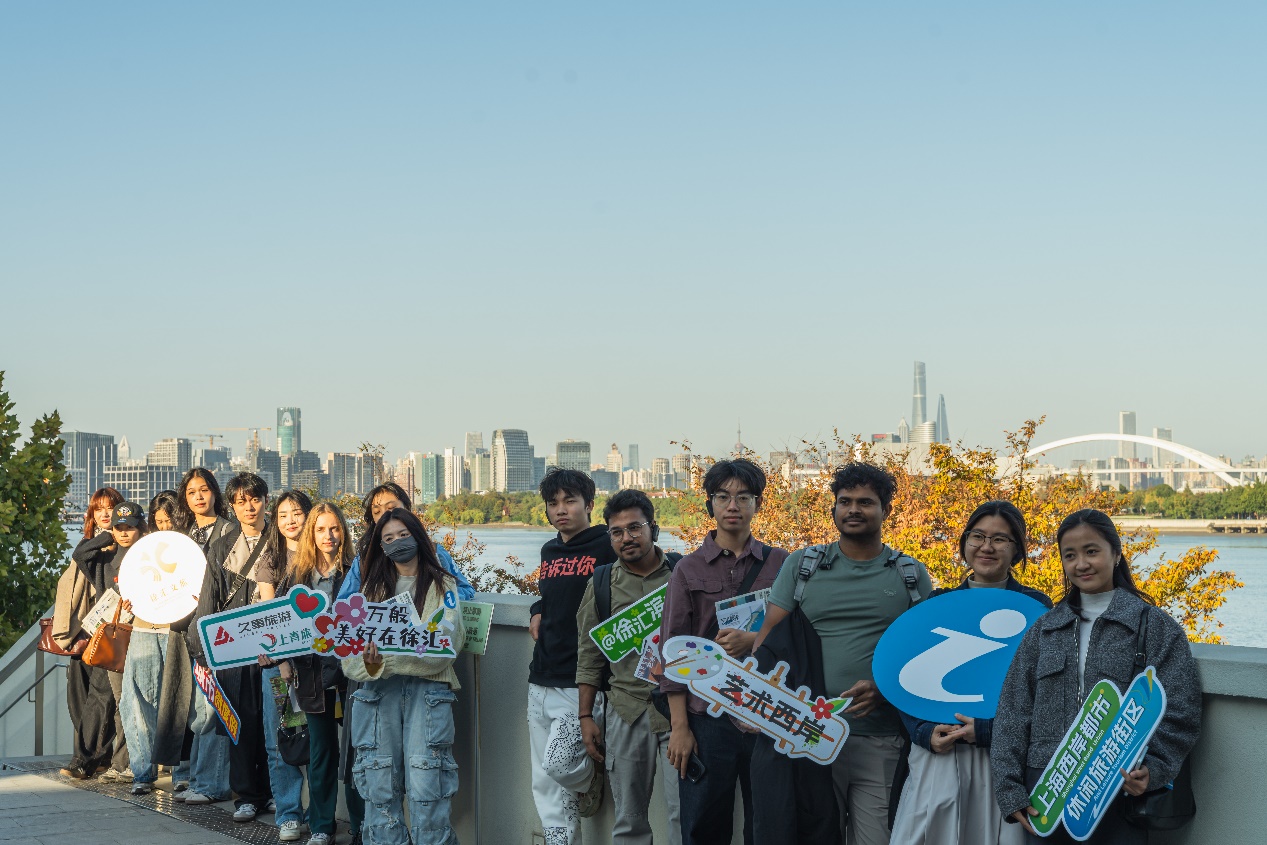
Free Exploration at the West Bund Art Fair
The final stop of the CityWalk was the West Bund Art Center, where students explored the 12th West Bund Art & Design Fair. For over two hours at the exhibition, participants engaged with the latest global artworks, design trends, and material techniques, fostering rich dialogue and sparking creative inspiration.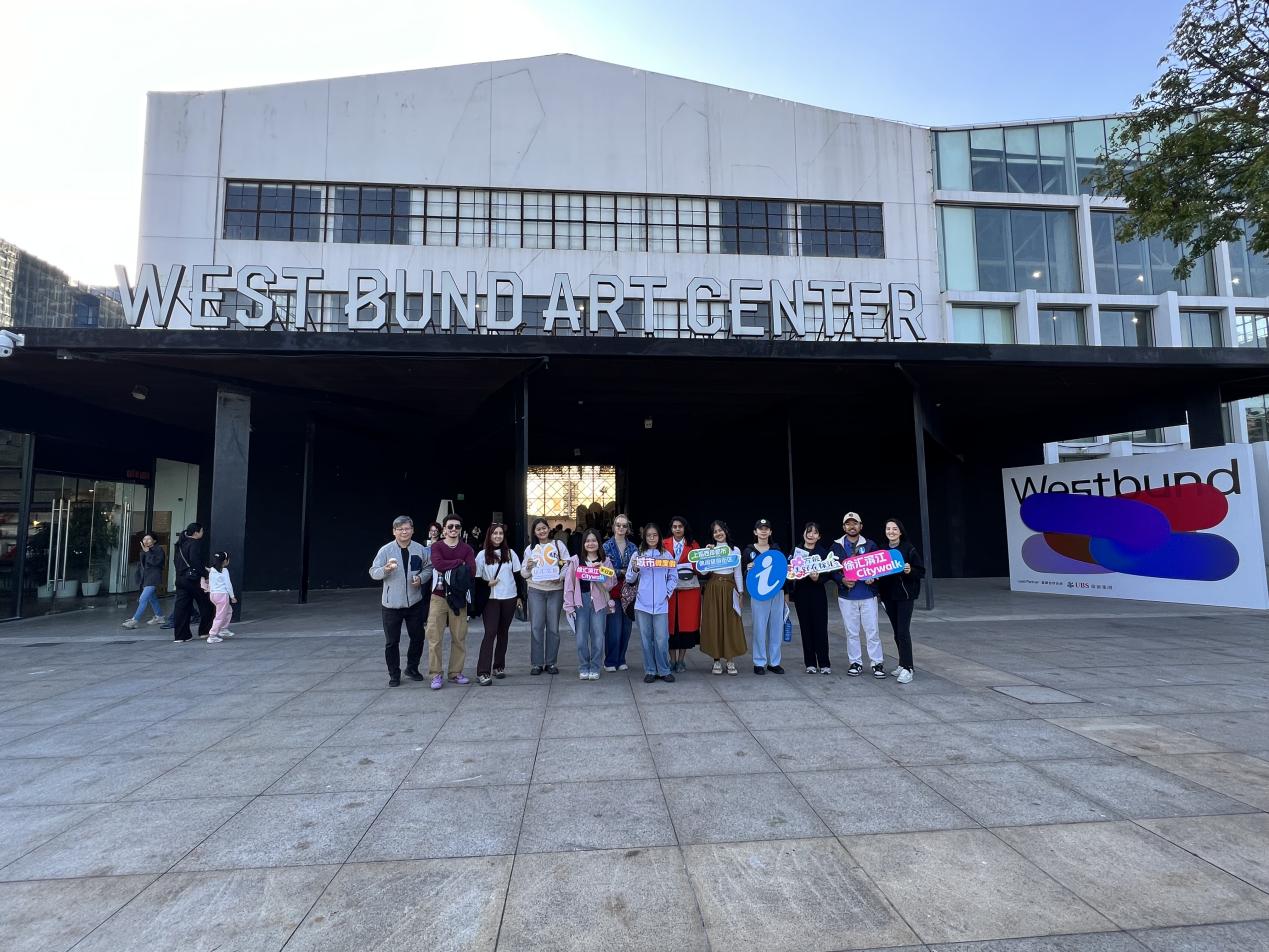


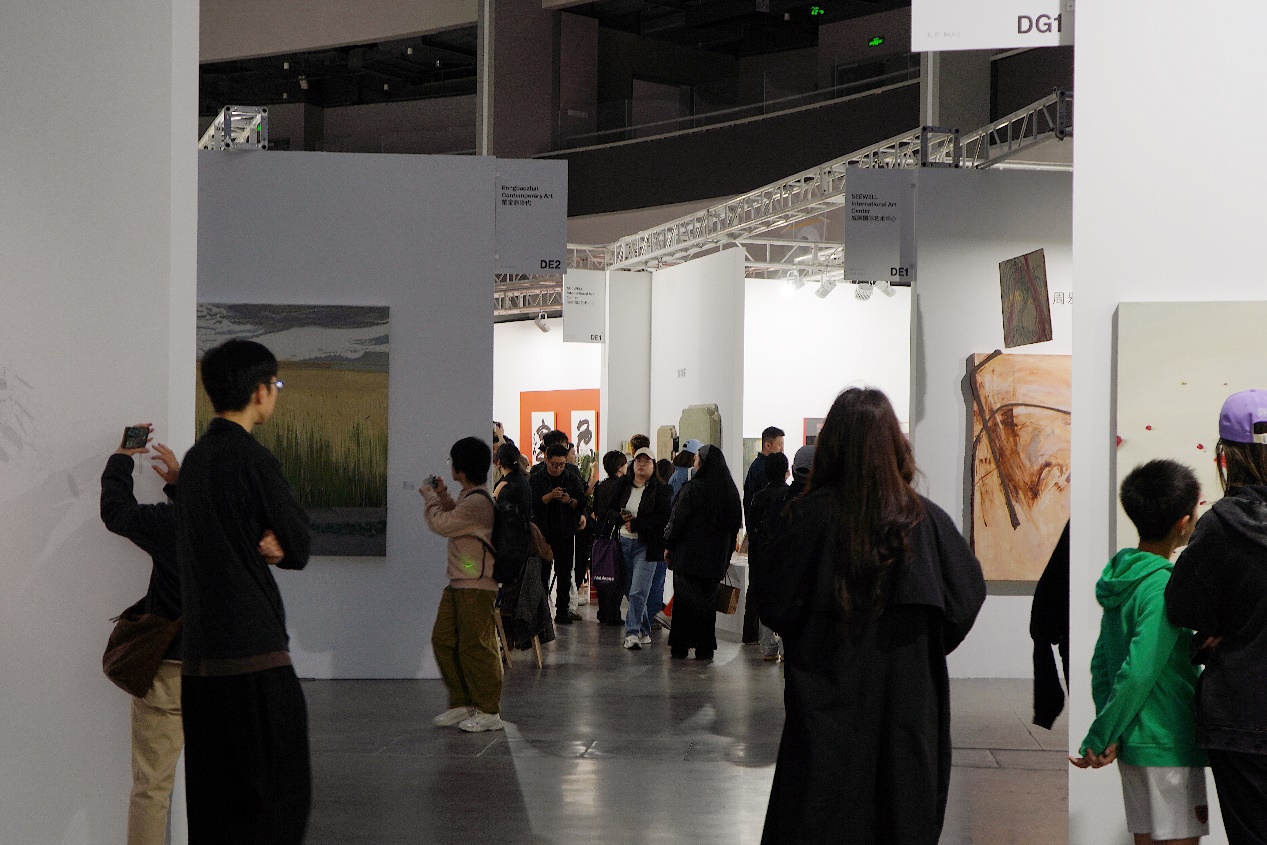
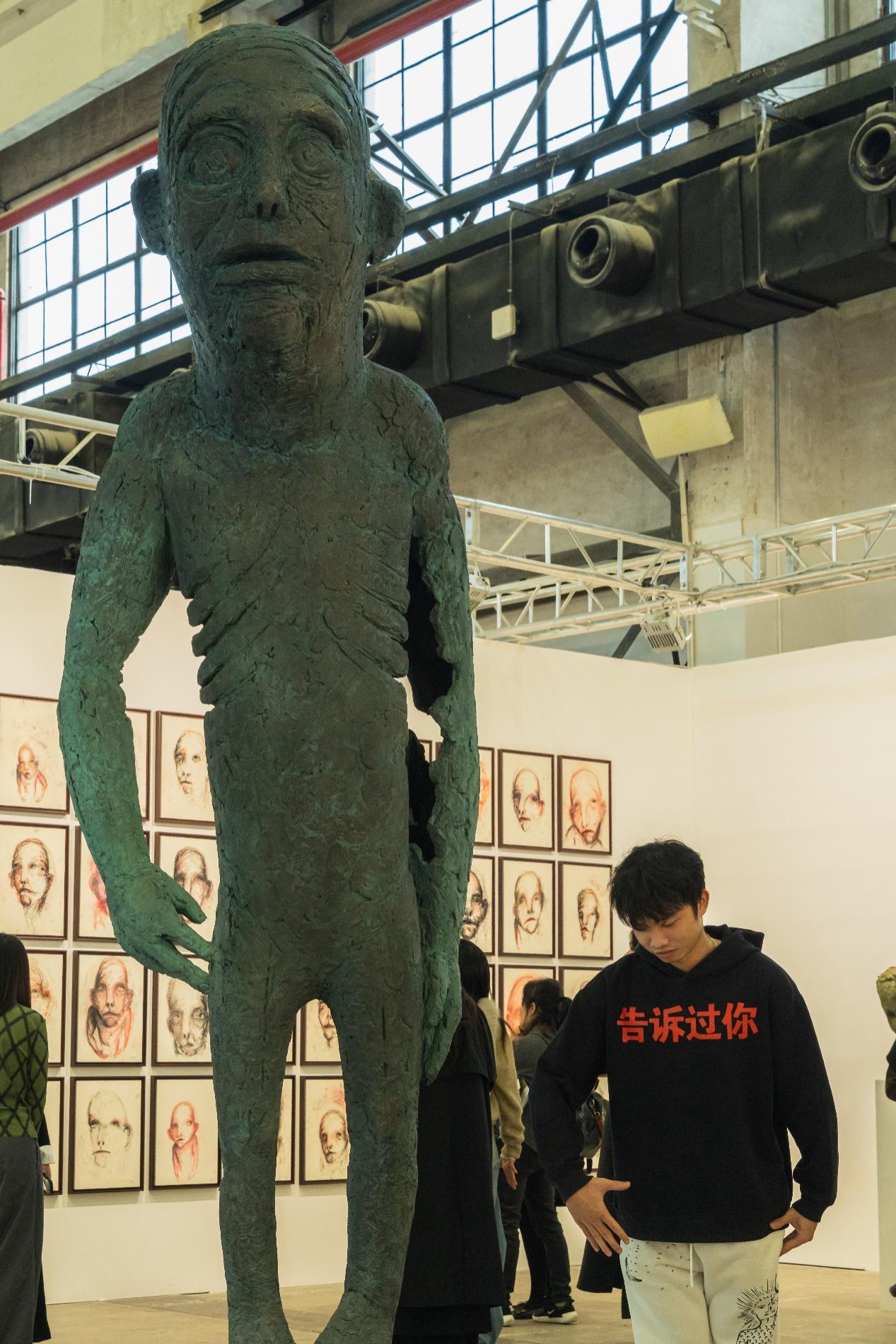
Measuring the city with one’s own steps, bringing design back to real-life contexts—this Xuhui Riverside CityWalk was not merely an art exhibition tour. It was also a profound learning experience in urban space, art, and design. From industrial heritage to urban regeneration, from individual architectural landmarks to artistic clusters, the diverse manifestations of architecture and design allowed students to observe, reflect, and draw inspiration within the authentic urban environment.
Some students described the outing as “a design practice that brought the classroom into the city,” while others viewed it as “a restorative journey that allowed one to experience the city’s ambience.” The experience left a profound and lasting impression on all participants. The School of Design will continue to facilitate international students’ engagement with China’s urban realm through off-campus research, city walks, and cultural observation activities, fostering cross-cultural perspectives and stimulating their creativity and innovative potential.
Editor on Duty: Tao Qingxiao

